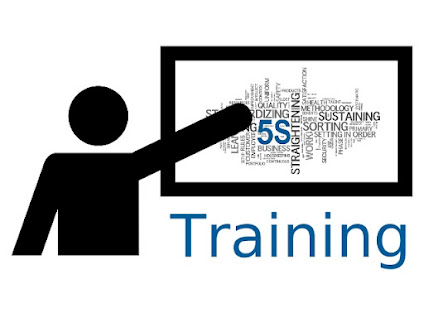Demystifying ISO 14001:2015: A Comprehensive Awareness Training Guide
ISO 14001:2015 is an international
standard for environmental management systems (EMS). It provides organizations
with a framework to identify, manage, and reduce their environmental impacts.
The 2015 version of the standard was released in September 2015, replacing the
2004 version. While ISO 14001:2004 remains valid until 2021,
many companies are already transitioning to meet this new requirement.
For those looking to transition from
ISO 14001:2004 or implement a brand-new EMS based on ISO 14001:2015 standards,
comprehensive awareness training is essential for success. This guide aims to
demystify the process by providing information about what’s expected from organizations
when implementing and maintaining an effective Environmental Management System
(EMS) based on these latest standards.
Also Read: Process Capability Training
First off, it’s important that you
understand why your organization needs an EMS; not only does it provide
assurance that your company meets its legal obligations but also demonstrates
commitment towards sustainability goals as well as improving operational
efficiency through reducing waste and energy consumption, etc.
To ensure the successful adoption of
ISO 14001:2015 requirements within any organization, there must be adequate
knowledge sharing among all staff members involved in implementation &
maintenance of such a system; this can be done through various forms such as
seminars/workshops, online courses & webinars. Additionally, having
internal auditors who have been trained specifically on new requirements will
help ensure compliance.
ISO 14001:2015 Awareness
training should cover areas including: understanding principles
behind each clause; identifying applicable regulations; developing action plans
for meeting objectives & targets set out by company policy statements;
monitoring performance against established benchmarks, etc. All employees
involved need to understand how their roles fit into the overall system
structure so they can effectively contribute towards achieving desired outcomes.
Furthermore, having appropriate documentation detailing processes related to
implementation will help maintain consistency throughout the entire operation
lifecycle ensuring continual improvement over time.
An effective way organizations can
achieve full compliance with updated regulations is via regular audits
conducted internally or externally depending upon the size/complexity of the
operation being assessed – results obtained during the audit process should
then be used constructively rather than punitively so improvements may take
place where needed most efficiently.
Lastly, don't forget about
communication - making sure everyone understands the importance of complying
fully along with progress made thus far will go a long way in creating motivation
amongst team members, allowing them to work more productively together!
Overall, we hope this guide has helped demystify some aspects surrounding
awareness training associated with implementing/maintaining compliant
Environmental Management Systems according to the International Standard
Organization's (ISO).




Comments
Post a Comment